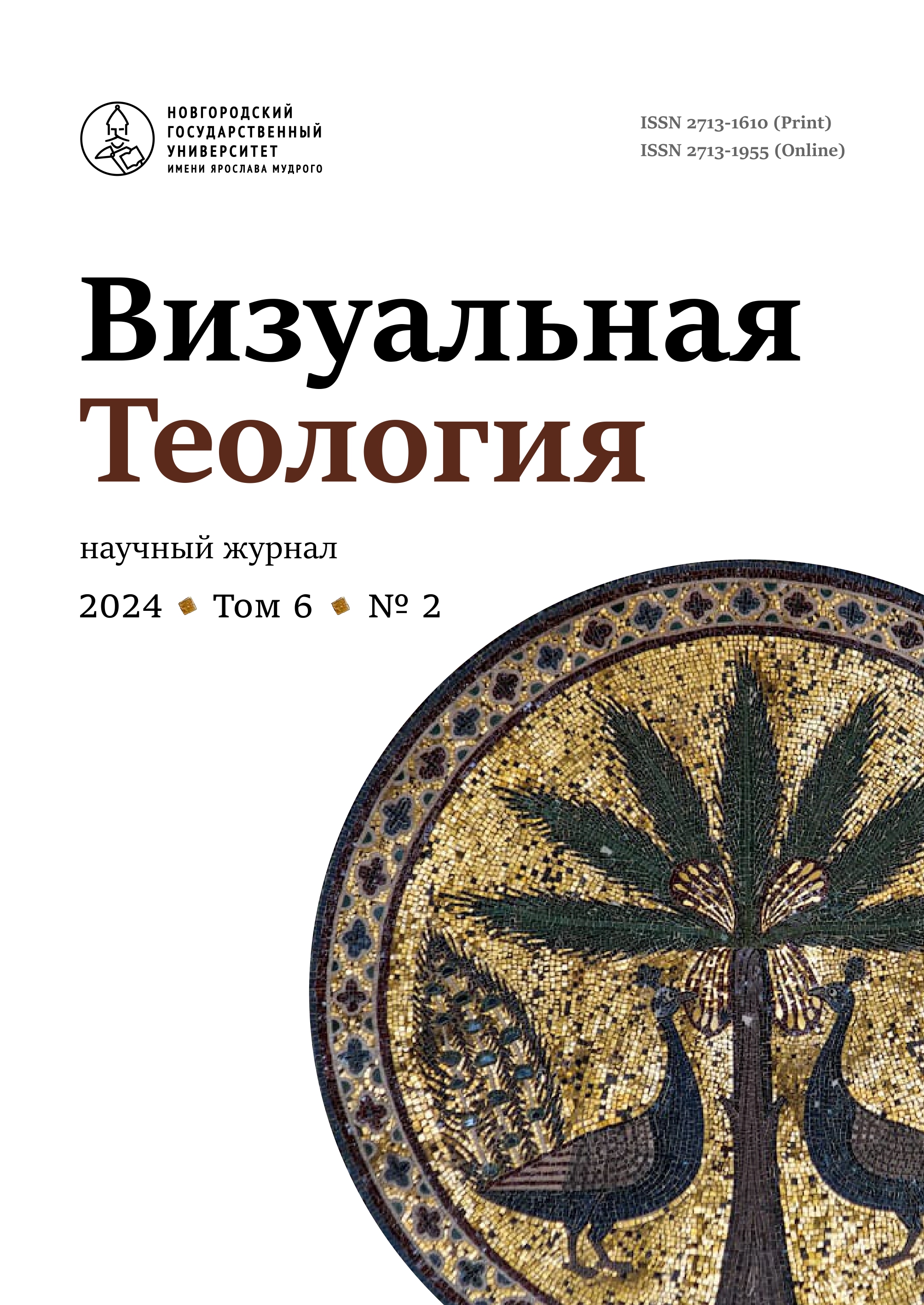The 13th Century Icon ‘The Mother of God Eleousa’ from a Private Collection in Moscow
Abstract
The origin of this ‘Eleousa’ icon is unknown. In 1949, the image was in a private collection in Rome. The icon suffered losses. The board was sawed off at the bottom; the background was re-primed; the layers of paint are incompletely preserved. The iconography of the image is Byzantine and the manner of painting complies with Byzantine canons. However, the holy faces and naked body parts are statuesque and impress the viewer with their materiality. A likely provenance is Sicilian, artist’s familiarity with Byzantine tradition being the strongest evidence. The master was likely influenced by stone sculpture, flourishing in Sicily and Southern Italy in the first half of the 13th century. Such imitation of sculptures in painting was well known to contemporary Roman artists, e.g., Pietro Cavallini and Jacopo Torriti.



